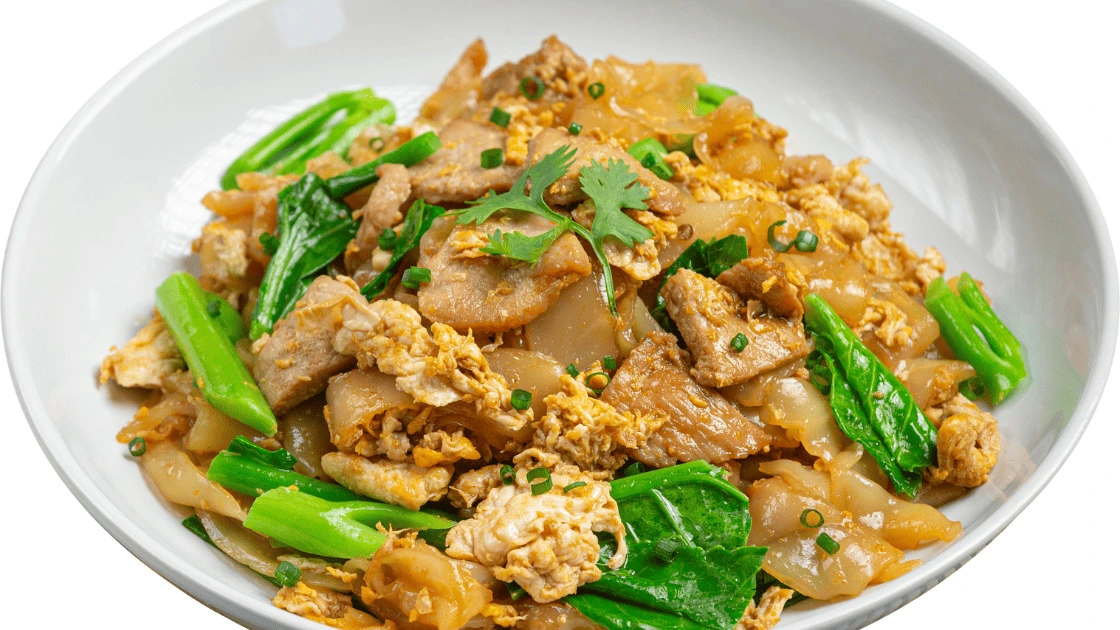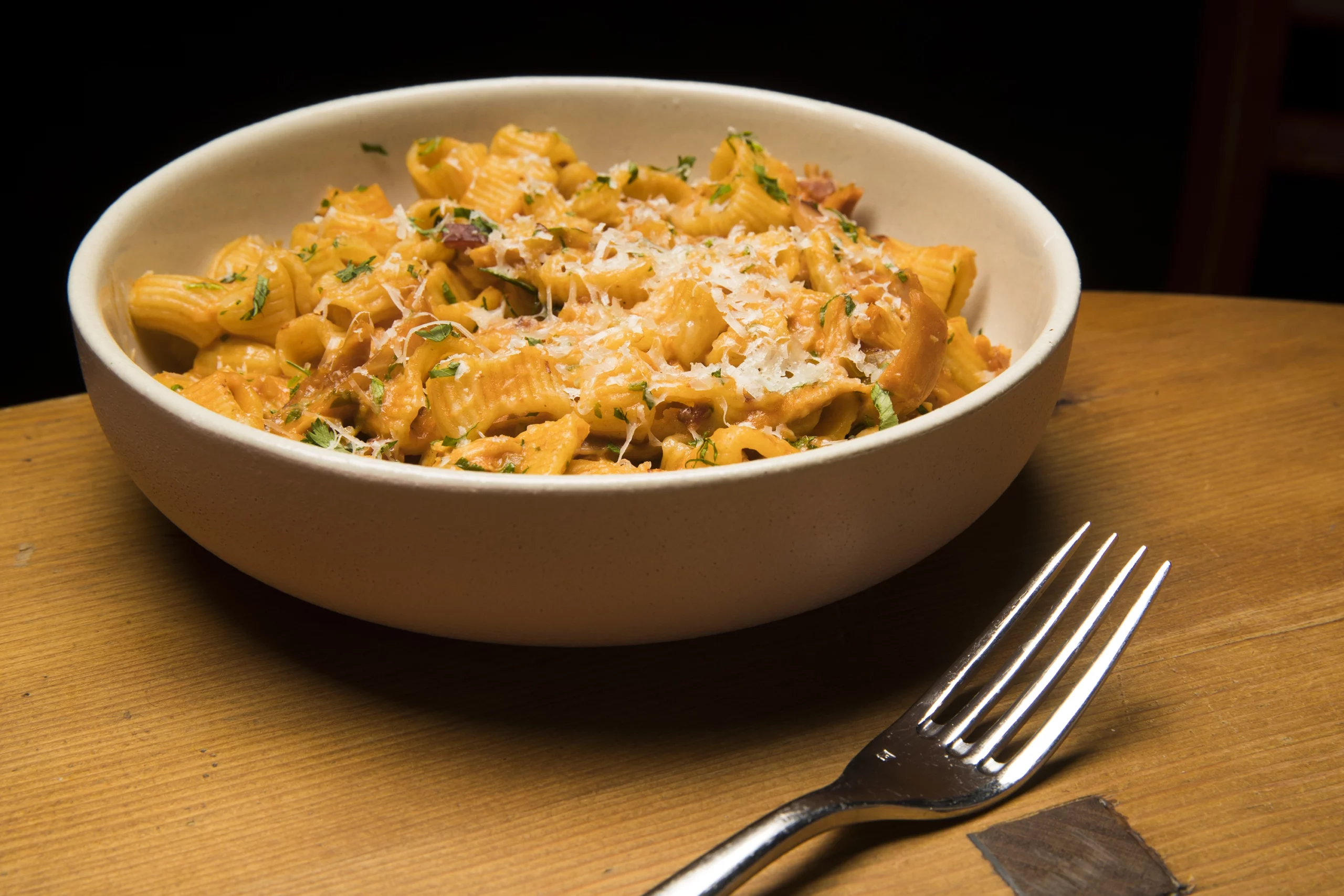Introduction to Cry Baby Noodles Recipe
Cry Baby Noodles recipe, a dish that has captured the hearts and taste buds of many, stands as a remarkable example of the richness of Asian cuisine. This dish, known for its fiery flavor and unique texture, has become a symbol of culinary adventure and cultural fusion. Originating from the bustling streets of Asia, Cry Baby Noodles recipe have transcended borders, finding a place in the global culinary scene.
The allure of Cry Baby Noodles recipe lies in their ability to balance intense heat with delectable flavors, making them a favorite among those who cherish spicy food. The dish’s popularity has grown, thanks in part to its portrayal in media and its presence in various food blogs and cooking shows. It’s not just a meal; it’s an experience that challenges and delights the senses.
As we delve into the world of Cry Baby Noodles recipe, we’ll explore their history, ingredients, and the art of preparing this iconic dish. Whether you’re a seasoned chef or a curious foodie, this journey through the world of Cry Baby Noodles promises to be both informative and tantalizing.

Origin and History of Cry Baby Noodles Recipe
The history of Cry Baby Noodles is as rich and layered as the dish itself. Tracing back to the origins of noodles, this dish is a testament to the long-standing tradition of noodle-making in Asian culture. Originally, these noodles were part of local street food culture, known for their quick preparation and bold flavors.
Over time, Cry Baby Noodles evolved, incorporating influences from various regions, each adding its unique twist to the recipe. This evolution reflects the dynamic nature of Asian cuisine, which is characterized by its diversity and adaptability. The dish’s name, ‘Cry Baby,’ is believed to have originated from its extreme spiciness, which can bring tears to the eyes of even the most seasoned spice enthusiasts.
Today, Cry Baby Noodles are celebrated not just for their taste but also for their cultural significance. They represent a fusion of traditional cooking methods and modern flavors, embodying the spirit of innovation that is central to Asian culinary arts. As we explore the recipe and preparation of these noodles, we pay homage to their rich history and the culinary heritage they represent.
Ingredients and Variations
The foundation of Cry Baby Noodles lies in its carefully selected ingredients, each contributing to the dish’s distinctive taste and texture. The primary components include:
- Noodles: Typically, a medium thickness noodle is used, providing the perfect base to absorb the flavors.
- Spices: The heart of the dish, a blend of Asian spices, gives it the signature heat.
- Proteins: Options like chicken, beef, or tofu can be added, catering to different dietary preferences.
- Vegetables: Commonly used vegetables include bell peppers, onions, and green onions, adding freshness and crunch.
Variations of Cry Baby Noodles are as diverse as the regions they come from. Some popular adaptations include:
- Vegetarian Cry Baby Noodles: Substituting meat with tofu or more vegetables, making it suitable for a vegetarian diet.
- Seafood Version: Incorporating seafood like shrimp or squid for a different flavor profile.
- Level of Spiciness: Adjusting the amount and type of chili used can tailor the heat level to individual preferences.
Each variation not only alters the flavor but also represents the adaptability of Cry Baby Noodles to different tastes and dietary needs. This versatility is a hallmark of Asian cuisine, where dishes are often modified and reinvented over time.
In addition to these variations, the use of specific ingredients like Sichuan peppercorns or fish sauce can add depth and complexity to the dish. These ingredients are a nod to the traditional cooking methods and flavors of Asian countries, showcasing the rich culinary heritage that Cry Baby Noodles are a part of.
As we explore the step-by-step cooking guide in the next section, we’ll see how these ingredients come together to create a dish that’s both fiery and irresistibly flavorful.
Step-by-Step Cooking Guide for Cry Baby Noodles
Creating the perfect Cry Baby Noodles is an art that combines traditional cooking techniques with personal flair. Here’s a step-by-step guide to help you master this fiery dish:
Preparing the Ingredients
- Noodle Preparation: Start by boiling the noodles until they are just tender. Drain and set aside. It’s crucial not to overcook them as they will continue to cook when stir-fried.
- Protein and Vegetables: Slice your chosen protein and vegetables into bite-sized pieces. This ensures they cook evenly and integrate well with the noodles.
- Spice Mix: Prepare the spice mix. This usually includes ground chili peppers, garlic, and other Asian spices. The key is to balance the heat with flavor.
Cooking Process
- Stir-Frying: Heat oil in a wok or large frying pan. Begin by stir-frying the protein until it’s just cooked through.
- Vegetables: Add the vegetables and stir-fry until they start to soften.
- Adding Noodles: Toss in the noodles, ensuring they get evenly coated with the oil and start to pick up some color.
- Spice Mix: Introduce the spice mix, evenly distributing it throughout the noodle mixture.
- Sauce: Add a sauce made from soy sauce, a bit of sugar, and possibly some stock or water to deglaze the pan and create a rich, clinging sauce for the noodles.
Tips for Perfect Flavor and Texture
- Heat Management: Managing the heat is crucial. High heat is needed for a good stir-fry, but it’s important not to burn the spices.
- Ingredient Quality: Use fresh, high-quality ingredients for the best flavor. This includes fresh vegetables and properly stored spices.
- Taste and Adjust: Don’t be afraid to taste as you go and adjust the seasoning. The balance of spicy, salty, and sweet is key in Asian cuisine.
Cooking Cry Baby Noodles is more than following a recipe; it’s about embracing the art of cooking. Each step, from preparing the ingredients to the final stir-fry, is an opportunity to infuse your personal touch into the dish.
In the next section, we’ll explore how to serve and present Cry Baby Noodles to enhance their appeal and make your culinary creation a feast for the eyes as well as the palate.
Serving and Presentation of Cry Baby Noodles
Presentation plays a crucial role in elevating the dining experience of Cry Baby Noodles. Here are some tips for serving and presenting this vibrant dish:
- Plating: Serve the noodles in a bowl or a deep plate that showcases their rich color and texture.
- Garnishing: Garnish with fresh herbs like cilantro or green onions for a pop of color and freshness. A sprinkle of sesame seeds can add a nice crunch.
- Accompaniments: Side dishes like pickled vegetables or a light salad can complement the spiciness of the noodles. Consider presenting these in small, separate dishes to add variety to the table.
The art of food presentation is about creating a visual appeal that matches the dish’s flavors. With Cry Baby Noodles, the goal is to entice the eater with a visually appealing setup that hints at the spicy and savory journey they’re about to embark on.
Nutritional Information
Cry Baby Noodles Recipe are not just about tantalizing your taste buds; they also offer nutritional benefits:
- Protein: The inclusion of chicken, beef, or tofu provides a good source of protein.
- Vegetables: The vegetables add fiber and essential vitamins.
- Spices: Many spices used in the dish, like garlic and chili, have known health benefits, including boosting metabolism.
For those concerned about dietary restrictions, you can adapt Cry Baby Noodles to fit a healthy diet. Using whole grain noodles or increasing the vegetable content can make the dish more nutritious. Additionally, the level of oil and sodium can be adjusted to suit individual health needs.
Pairing with Other Dishes
Pairing Cry Baby Noodles with complementary dishes can create a balanced and satisfying meal. Here are some suggestions:
- Light Soups: A mild, broth-based soup can soothe the palate between bites of spicy noodles.
- Steamed Vegetables: Serve with a side of steamed bok choy or broccoli for a refreshing contrast.
- Beverage Pairing: Cold beverages like iced tea or light beers can be refreshing accompaniments to the dish.
The key is to balance the intense flavors of the noodles with lighter, subtler side dishes. This not only creates a more rounded meal but also enhances the overall dining experience.
FAQs
Frequently Asked Questions
- Can I make Cry Baby Noodles less spicy? Yes, adjust the amount and type of chili used to suit your heat tolerance.
- Are there any vegetarian options for Cry Baby Noodles? Absolutely, replace the meat with tofu or extra vegetables for a vegetarian version.
- How can I store leftovers? Store in an airtight container in the refrigerator and consume within 2-3 days for best quality.
- Can I use different types of noodles? Yes, feel free to experiment with various noodle types, such as rice noodles or udon.
- Are Cry Baby Noodles gluten-free? You can make them gluten-free by using gluten-free noodles and ensuring all other ingredients are gluten-free.
Conclusion

